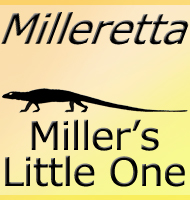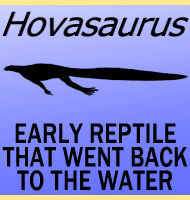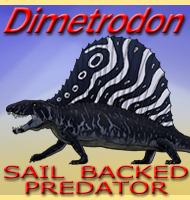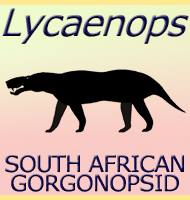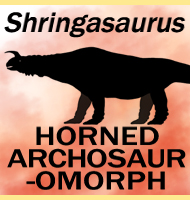


Orovenator
Name:
Orovenator.
Phonetic: Or-o-ven-ah-tor.
Named By: Robert R. Reisz, Sean P. Modesto
& Diane M. Scott - 2011.
Classification: Chordata, Reptilia, Neodiapsida.
Species: O. mayorum (type).
Diet: Carnivore/Insectivore.
Size: Skull roughly about 3 centimetres long,
total size uncertain.
Known locations: USA, Oklahoma.
Time period: Sakmarian of the Permian.
Fossil representation: Partial skulls and mandibles
(lower jar) from two individuals.
At the time of the genus being named, Orovenator is the oldest neodiapsid reptile known to science. The neodiapsids are the ancestral reptile group which includes most modern reptile forms.
Further reading
- A new Early Permian reptile and its significance in early diapsid
evolution. - Proceedings of the Royal Society B 278 (1725):
3731–3737. - Robert R. Reisz, Sean P. Modesto &
Diane M. Scott - 2011.
- A redescription of Orovenator mayorum (Sauropsida, Diapsida) using
high-resolution μCT, and the consequences for early amniote phylogeny.
- Papers in Palaeontology. 0 (2): 197–239. - David P. Ford &
Roger B. J. Benson - 2018.
----------------------------------------------------------------------------
Random favourites
 |
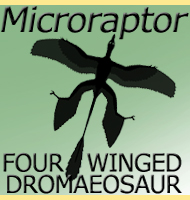 |
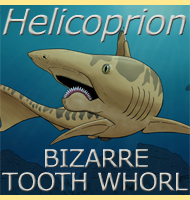 |
